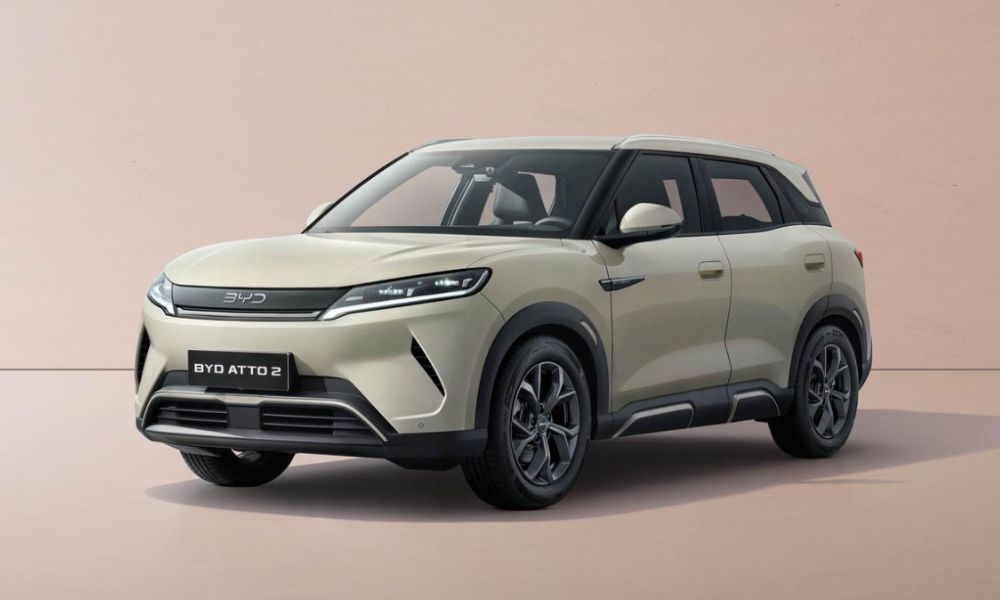Adopting generative AI to drive softwarization of automobiles
[[{“value”:”
Gone are the days when automobile manufacturers scratched their heads for ways to tackle the challenge of electrification. Innovation after innovation means that 14% of all new cars sold in 2022 were electric – thrice more than in 2020. However, manufacturers should not be too quick to celebrate as the next big challenge of softwarization – leveraging a software solution instead of traditional hardware to solve an issue – is coming their way. With the automotive industry moving towards smart devices on wheels, manufacturers must espouse tools that help them develop, deploy and maintain software. These challenges are why the arrival of Generative AI (GenAI) represents such an opportunity for manufacturers. In this article, we’ll take a look at how GenAI can help solve the challenges of softwarization, where it is being used already, and how others can adopt it.
Becoming software companies
Modern vehicles are gradually becoming computers on wheels – their computer platforms are made of high performance, high speed connected ‘vehicle servers’ containing over a hundred million lines of code. Therefore, it’s crucial to integrate and update these systems over the supply chain of existing and new partners to ensure safety, longevity, durability, sustainability, and performance.
As the automotive industry evolves rapidly, software and connectivity are transforming the next generation of driving experience. Such advancements challenge traditional manufacturers whose hardware-focused culture doesn’t align with the needs of a software-centric world. Nowadays, the software engineering department at most auto makers is notoriously oversubscribed and under resourced. For traditional manufacturers this is undeniably an issue, but for those forward-thinking auto makers – it is an opportunity to innovate.
But here is where the conundrum lies: companies known for generating superior pieces of hardware may find it difficult to imagine themselves as a computing or an AI company. Yet, as the number of auto makers investing in AI is set to hit a compound annual growth rate (CAGR) of 22.7% from 2023 to 2030, these companies simply must do so in order to remain competitive.
The global race towards Generative AI in auto manufacturing
While car manufacturers may find it challenging to see themselves as software companies, we are already witnessing this phenomenon with the rise of Tesla – seemingly the only global car manufacturer that is a tech company first and a vehicle manufacturer second. As a software company that makes cars, they have been leveraging AI at fleet-scale to develop new innovations faster. For instance, they recently began using a state-of-the-art generative modelling technique that lets them predict possible outcomes given past observations consistently across multiple camera views. This, in fact, is a prime example of the power of GenAI: to facilitate turning an idea into a software feature.
But the US is not the only country taking brave steps towards the emerging technology. Approximately 1.4 million Chinese engineers are qualified annually, six times as many as in the US, and at least a third of them in AI. For instance, Chinese vehicle manufacturers like BYD are 70% to 80% vertically integrated across their entire supply chain, vs. the US which is less than 25%. For example, they are able to manufacture batteries for far less. Savings like this gives them far greater latitude in pricing all their vehicles aggressively. The bottom line is – less expensive vehicles mean more vehicles on the road, which means more data.
China is very aware of Generative AI’s capability to power softwarization, and they have the technology base and engineering talent to translate that potential into reality. Affordability in vehicles always matters, and softwarization will be key to delivering value at the time of purchase — and increasing the residual value as the vehicle ages.
Embracing Generative AI now
Although automobile manufacturers can gradually begin adding software capabilities to their vehicles, it’s not a straightforward process because hardware is still a challenge, particularly when it comes to storage. Essentially, vehicles need to ship with larger computing power than the bare minimum.
GenAI enables manufacturers to operate a software sandbox in every vehicle they ship, analyzing the performance of their software against the human baseline of usage, and to test new functions on a limited set of vehicles. In addition, manufacturers can come up with new ideas, while gathering valuable insights into the way the new software features work. This means that they can turn new features around faster, minimizing the risk of failure.
If we look at the benefits for drivers, thanks to GenAI, vehicles can examine driving behavior and individualize and optimize the driving experience for any driver. In essence, as drivers get used to their new car, and their new car will get used to them. That’s a powerful selling proposition for any automotive company.
In addition, by having enough computing space for innovation, manufacturers could use vehicle-specific data to let service representatives better understand user experience. Therefore, they can share personalized messaging to the vehicle owner via email, text, and potentially the dashboard itself in the future.
Softwarization is inevitable!
The future of the automotive industry lies in softwarization, and emerging technologies that are gradually becoming omnipresent can potentially push innovation faster and easier than ever. With all of Generative AI’s potential to offer a superior personalized driving experience, manufacturers should pay attention. Now is the time for auto makers must take the wheel and make that turn, visualizing themselves as the next generation of trailblazers.
We’ve featured the best dash cam.
This article was produced as part of TechRadarPro’s Expert Insights channel where we feature the best and brightest minds in the technology industry today. The views expressed here are those of the author and are not necessarily those of TechRadarPro or Future plc. If you are interested in contributing find out more here: https://www.techradar.com/news/submit-your-story-to-techradar-pro
“}]]





